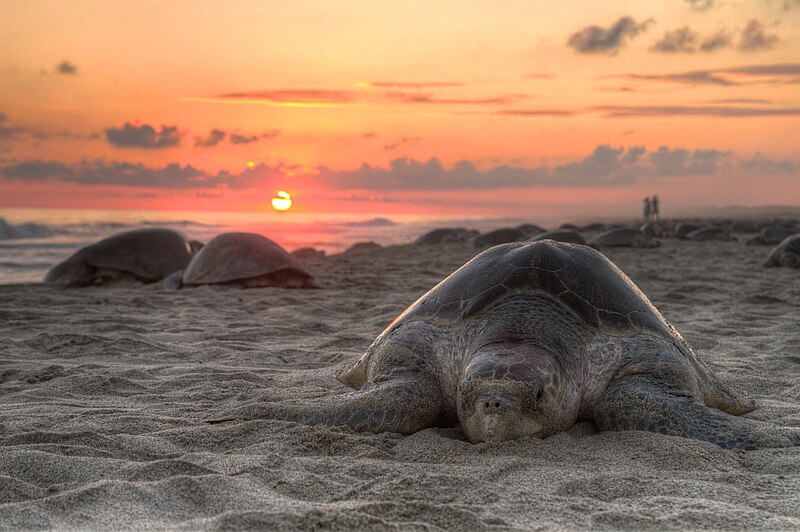 |
| TLT Batch 2011-2012 |
For every quarter, students from different grade levels in our school are made to do a C.E.O. (Creative Expansion Output) in every subject on whatever topic they are discussing. For this last quarter our batch was made to do a blogging project for our science class, and written on our blog posts are answers to the questions that our science teacher will be asking us, which he will post on Facebook or at the sciencebloggingproject.blogspot.com. After making a blog post we are required to comment on an assigned group with the following criteria: content, coherence, creativity, voice, mechanics, text layout, graphics and multimedia, and intellectual honesty. It doesn't end there, for every post that we make, a group will comment on ours and we will comment on theirs or another's then, our teacher will comment and grade everyone's posts and comments.
Before our teacher let us begin, he showed us a short video on how to make a blog to help us get started. Surprisingly, the very next day Jose had already started creating our blog so that we could begin making our first post. We didn't start on our post not until we were able to decide on the design of our blog. This is where we had a trouble on, picking a template. It took time deciding on which template to choose since there were around 4 good ones. A long thinking process took place and we ended up with the template your seeing right now. Another problem was, we were too focused on doing posts that we forgot to comment on one group and it was due 8 days ago so we had eight points deduction.
Despite the low grades that we acquired on some of the posts, it was still fun making the blog posts because while making them we were able to express our opinions that we kept to ourselves. So, if we were asked if we would do this again, we'd gladly say yes. I mean it wouldn't kill us if we were to do it all again but if were to do it again it will be great if there aren't any deadlines. This idea of our teacher making a blog as a C.E.O. was actually very creative, him asking us questions about our field trip is like writing a reaction paper. And to improve this C.E.O. we think that the next batch should have more field trips because what happened in our batch was we only talked about the field trip to PCC and BNPP which is why the questions only revolved around those 2 places.
Despite the low grades that we acquired on some of the posts, it was still fun making the blog posts because while making them we were able to express our opinions that we kept to ourselves. So, if we were asked if we would do this again, we'd gladly say yes. I mean it wouldn't kill us if we were to do it all again but if were to do it again it will be great if there aren't any deadlines. This idea of our teacher making a blog as a C.E.O. was actually very creative, him asking us questions about our field trip is like writing a reaction paper. And to improve this C.E.O. we think that the next batch should have more field trips because what happened in our batch was we only talked about the field trip to PCC and BNPP which is why the questions only revolved around those 2 places.
 |
| Do not procrastinate! |
We are asked if there's anything we want to change about how our C.E.O. was handled, and our answer is none we wouldn't really want to change anything because it's already well thought of. We don't really think that there's anything to change, we actually liked the people's choice award because even though we didn't get much votes we were able to talk to friends who we haven't talked to for months. And we learned something really important while doing this project, it was to not procrastinate because everything becomes harder when you let it off for tomorrow.
.JPG) |
| Thank you everyone! |
Well, we hope that you enjoyed our posts and we are also very thankful for the readers who took time to read this. Thank to our teacher too because through this C.E.O. it got us worked up to exceed our best so that we could win a best blog post. Also we would like to thank you for this wonderful experience, thinking that this would be a really hard project it came out to be something really helpful. This was a first time for us and we really enjoyed it, we hope that the next batch will also have a great time doing this blogging project.
J.A.E.Y.L. here,
signing out














